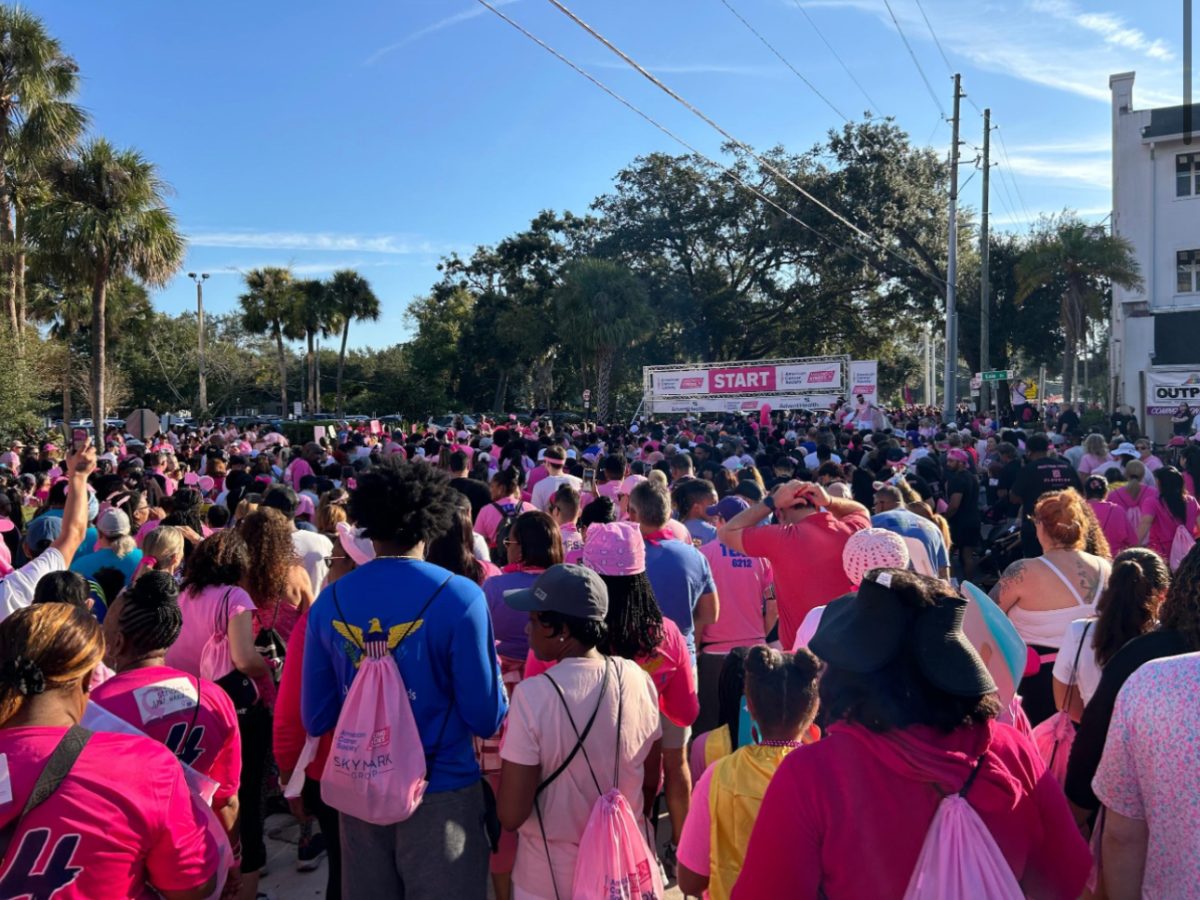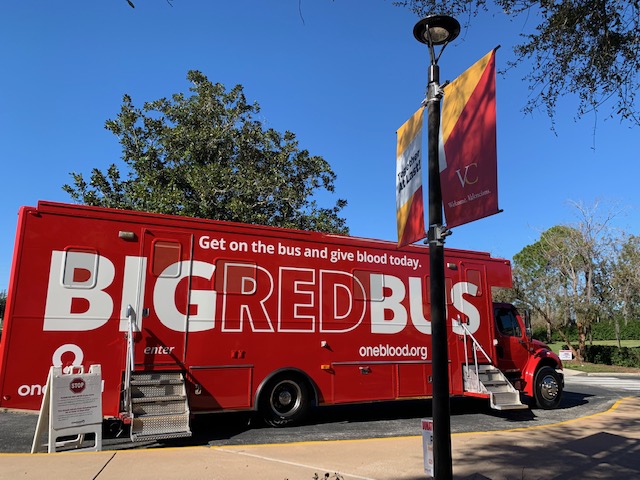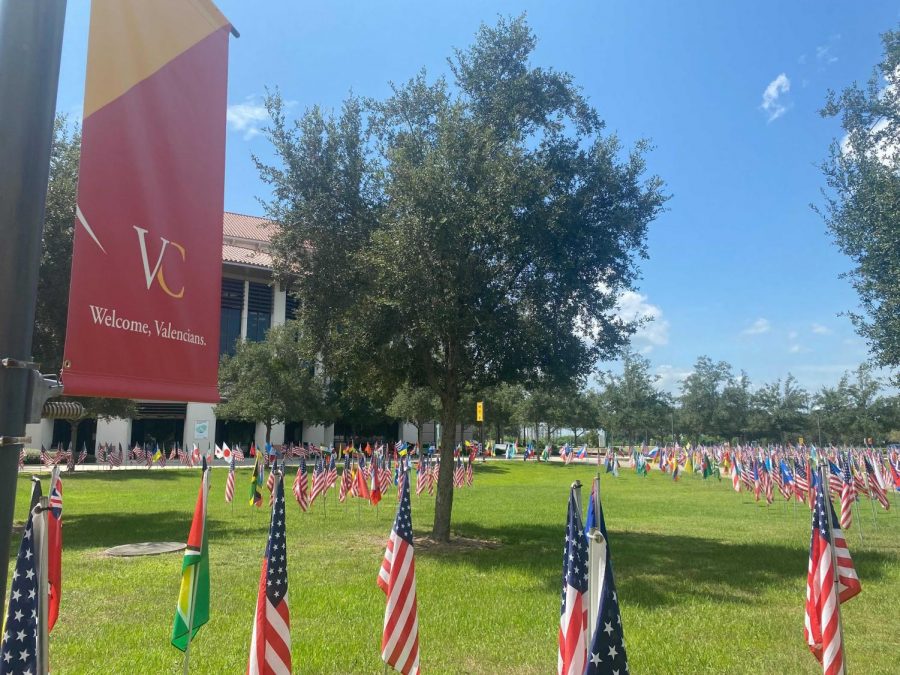By Emmanuel Colon
[email protected]
With Governor Rick Scott rejecting the $2.4 billion federal incentive for a high-speed rail that would run from Orlando to Tampa Bay, many people have voiced their opinion in protest.
The reason behind his decision last Wednesday? He said in his weekly radio address that it pretty much came down to economic reasons.
He also claims that it would take another $3 billion to finish this project, money that would come from tax-payers. This may be so, but there’s also the chance of private industries funding the rail, or even operating it.
The problem with all this? Scott had promised that he would consult a new feasibility study this month before coming to any conclusions concerning the high-speed rail.
According to the Bureau of Labor Statistics, Florida’s unemployment rate is at a staggering 11.5 percent, the highest rate in the country.
The construction of this rail would require approximately 23,000 employees. Those are much needed jobs for people in a mediocre economy. Not to mention all the jobs available once the rail becomes operational.
Sure Scott can claim on the radio all he wants that, “If the project becomes too costly and is shut down, Florida would have to return the $2.4 billion to D.C.,” but the reality of the matter is he didn’t analyze the study he was supposed to examine.
How is it that one can determine the fate of a well needed project without looking at the proper sources that could further shed light to a situation.
There’s still, however, hope for some that this rail will be built and provide jobs that can boost Florida’s economy.
The fight is not over. In fact, it could be the beginning since there are many windows available to make the high-speed rail idea come to fruition regardless of the decision the governor makes.
It all depends on whether the powers that be do the best they can to make this work, or having the private industries have a hand at its shaping.





